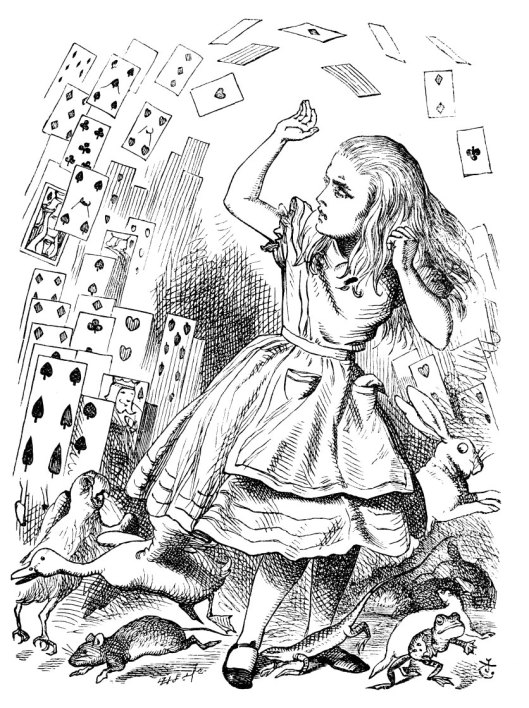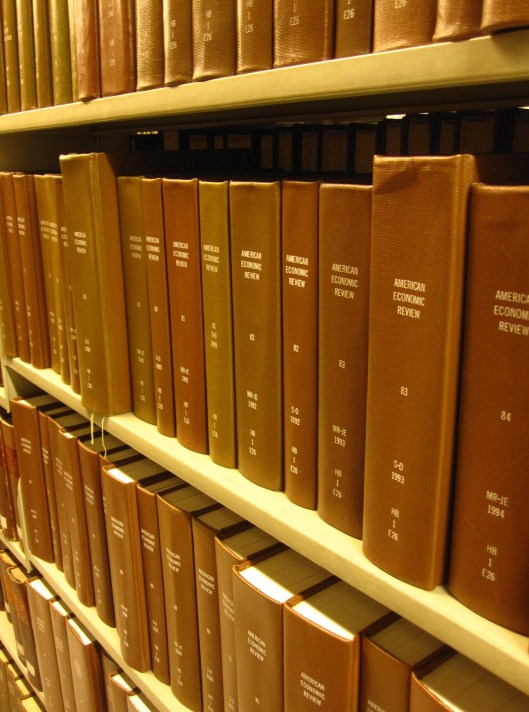Almost There…
23 Monday Apr 2012
Posted in Uncategorized
23 Monday Apr 2012
Posted in Uncategorized
17 Friday Feb 2012
Posted in Uncategorized
I’m a few days late on this… (a theme which seems to be all too common these days when it comes to making deadlines) but nonetheless, I’m here to wish you all a (belated) Happy Valentine’s day. Normally, I’m not one to buy into this type of holiday, but as a lover of all things vintage, I thought I might share some charming cards I came across while online. I was young, but I vividly remember my first exposure to these Victorian-style Valentines when my mother and I attended a children’s Victorian Valentine-making “workshop” at the Florence Griswold Museum (http://www.flogris.org) in the early nineties. I still think they are so pretty today.
Here’s a quick history of how such cards became popularly circulated, courtesy of History.com:
“In addition to the United States, Valentine’s Day is celebrated in Canada, Mexico, the United Kingdom, France and Australia. In Great Britain, Valentine’s Day began to be popularly celebrated around the 17th century. By the middle of the 18th, it was common for friends and lovers of all social classes to exchange small tokens of affection or handwritten notes, and by 1900 printed cards began to replace written letters due to improvements in printing technology. Ready-made cards were an easy way for people to express their emotions in a time when direct expression of one’s feelings was discouraged. Cheaper postage rates also contributed to an increase in the popularity of sending Valentine’s Day greetings.
Americans probably began exchanging hand-made valentines in the early 1700s. In the 1840s, Esther A. Howland began selling the first mass-produced valentines in America. Howland, known as the “Mother of the Valentine,” made elaborate creations with real lace, ribbons and colorful pictures known as “scrap.” Today, according to the Greeting Card Association, an estimated 1 billion Valentine’s Day cards are sent each year, making Valentine’s Day the second largest card-sending holiday of the year. (An estimated 2.6 billion cards are sent for Christmas.) Women purchase approximately 85 percent of all valentines.”
09 Thursday Feb 2012
Posted in Uncategorized
I know, I know, so I can’t expect to win you all back so quickly after a 3 month absence, but while I have the drive I thought it only right to at least try and fill you in on some of my studies while I am still officially a Student Ambassador (especially for any prospective Penn students out there). This week I’m shifting gears a bit, slightly away from preservation, while I prep for an architecture photo exhibit at Meyerson Hall.
This past summer I spent some time in Paris for an architecture course conducted by Penn. Through lectures, walking tours, visits to Switzerland, Germany, and other regions of France, we explored the topic of nature in architecture, specifically its interaction with technology. As a final project, we were tasked with interpreting this relationship through photographs and writing– here I’ve included some photos (taken and digitally engineered by yours truly) as well as some excerpts of my discussion.
One quote I found particularly suited to my take on the topic was this one, (italicized below) from Steven Holl, Juhani Pallasmaa, and Alberto Gómez’s, Questions of Perception: Phenomenology of Architecture:
“The perceptual spirit and metaphysical strength of architecture are driven by the quality of light and shadow shaped by solids and voids, by opacities, transparencies, and translucencies. Natural light, with its ethereal variety of change, fundamentally orchestrates the intensities of architecture and cities. What the eyes see and the senses feel in questions of architecture are formed according to the conditions of light and shadow.”
My take:
For many, “nature” is most easily understood as all elements green: trees and grass, flowers and weeds. Yet in an urban setting such as Paris, conventional “natural” elements are often sequestered to unnatural settings: perfectly manicured gardens, parks, and interior courtyards of Hotels Particuliers.
Yet for the Parisian flaneur who wanders amidst plateaus of Haussmannian edifices and sky-lit glass passages, nature pervades in a very different way. Natural light, it can be argued, is the most prevalent form of nature in the built environment. It not only forms the matrix of the urban cityscape, but possesses an unparalleled ability to permeate architecture. Through the intersection of light with the technology of architectural material and structure, extraordinary patterns develop to remind us that nature, as light, is omnipresent.
As “agents of nature,” many architects embrace this notion. They integrate natural light into their designs by incorporating thoughtfully placed windows, intricately patterned screens, strategic reveals, and color in glass. In consideration of these efforts and the aesthetic results yielded by them we can understand the architect as Gauguin understands the artist: “…an extension of nature, an instrument of its continuing creation— an accomplice of natura naturans rather than a recorder of natura naturata.” From medieval ecclesiastical builders to twentieth-century revolutionary Le Corbusier, to contemporary place-makers Jean Nouvel and Peter Zumthor, architects of all agendas have worked to create structures in which natural light finds new beauty and meaning through the disciplined use of material and form.
09 Thursday Feb 2012
Posted by Sarah Peterson | Filed under Uncategorized
21 Monday Nov 2011
Posted in Uncategorized
So you might be wondering what I’ve been up to this past month– there’s been hardly a post, and I’ve left you hanging. As you may have gleaned from my previous writings, I’ve been in far away thesis-land, researching like a madwoman.
When I feel as though I’ve exhausted all the resources I can get my hands on, out pops another potential source and curiosity gets the best of me.
What a wild journey it’s been so far–
but there’s so much left to do! The clock is ticking, and the first draft is due in four short months.
Today is the first of many deadlines- a final proposal for review by the powers that be.
Here’s to hoping this thesis doesn’t get the best of me.
 [Pictures courtesy of http://www.alice-in-wonderland.net/]
[Pictures courtesy of http://www.alice-in-wonderland.net/]
27 Thursday Oct 2011
Posted in Uncategorized
Thesis is due in 5 months and I am in full fledged research mode. At the current rate, I can easily imagine averaging more hours per day in the library than in my apartment. When one’s life dulls down a bit (as mine has in grad school, particularly mid to late semester), finding joy in the little things becomes a survival tactic. Today’s discovery? While surfing through the University’s stacks, I encountered a veritable rainbow of secondary sources! Research can be a very painful, long, but rewarding process. The least I can do while trudging through is enjoy the view…
25 Tuesday Oct 2011
Posted in Uncategorized
Sometimes you just need to get away. When work and time constraints preclude an actual vacation, a proper staycation can be the next best thing.
Overwhelmed and overworked, we began the search for a charming getaway locale– a place to relax, regroup, and refrain from schoolwork for just one day. When we discovered the closest countryside estates were already booked (this was a last minute idea), we settled on an in-town option which, as it turned out, proved to be just as delightful.
Early Saturday evening, we headed to the Morris House Hotel in the heart of Philadelphia’s historic Old City neighborhood. Though only a five minute cabride from Rittenhouse, and next door to one of the tallest contemporary residential structures in Philadelphia, this historic hotel made us feel like we were a world away.
The property was built in 1787 and stands as one of the best examples of colonial architecture in Philadelphia. Most of the original architectural bones are still intact, and the layers of its interior are rich with history.

The beauty of "vacation" is that you don't need to actually pay attention to clocks... this one was just a component of the decoration.
We were lucky enough to have been given a room that overlooked the courtyard, so any visual semblance of the city was minimized. Unfortunately, the feeling of city remained, as this somewhat-rickety old house shook when the subway passed below— (small price to pay, I suppose).
Of course my inner-preservationist was even more delighted to learn that this property was added to the National Register of Historic Places!
Naturally, I looked up the form as soon as I got home. This form outlines not only the house’s history, but why and how it is significant architecturally. It is typical to the documents we as preservationists encounter, use as sources of research, and even write. If you are not one familiar with them, I suggest you take a look!
23 Sunday Oct 2011
Posted in Uncategorized
So you may have been wondering why it’s taken me a few weeks to post something new– well, i’ve hit that point in the fall semester where my homework demands have exceeded those for part-time blogging. Where have I been? For starters, I’ve spent several afternoons and evenings holed up in the Fisher Fine Arts Library.

Interior of the Reading Room, courtesy of David Reeve
Though the increasing workload has been a bit of a bummer, I’ve at least been able to solace in the fact that Penn provides a beautiful place to study.
The Fisher Fine Arts Library, referred to by some simply as “Furness,” was constructed in 1888 famed Philadelphia architect Frank Furness (say that 5x fast). Originally erected to house the University’s libaray collection, Furness’s terra cotta-clad creation was at one time derrided by faculty as an “eyesore”. It is now one of Penn’s most treasured buildings and has been designated by the National Park Service as a National Historic Landmark.
http://uchs.net/HistoricDistricts/furness.html
To learn more about Frank Furness: http://www.library.upenn.edu/finearts/furness.html
And for information on the designation of this building: http://uchs.net/HistoricDistricts/furness.html
Here’s a few photos I snapped of the interior while in procrastination mode…
06 Thursday Oct 2011
Posted in Uncategorized
03 Monday Oct 2011
Posted in Uncategorized
Room for History has registered its 1000th view!
After just over a month, 15 posts (and ranking #26 in the 50 Best Blogs for Architecture Students!), Room For History is ringing in its 1,000th view!
A heartfelt thanks to the all readers and fans. Please continue to read, share, and re-tweet! And please, don’t be shy about posting comments/questions or suggestions- I’ve always got my eyes and ears open…